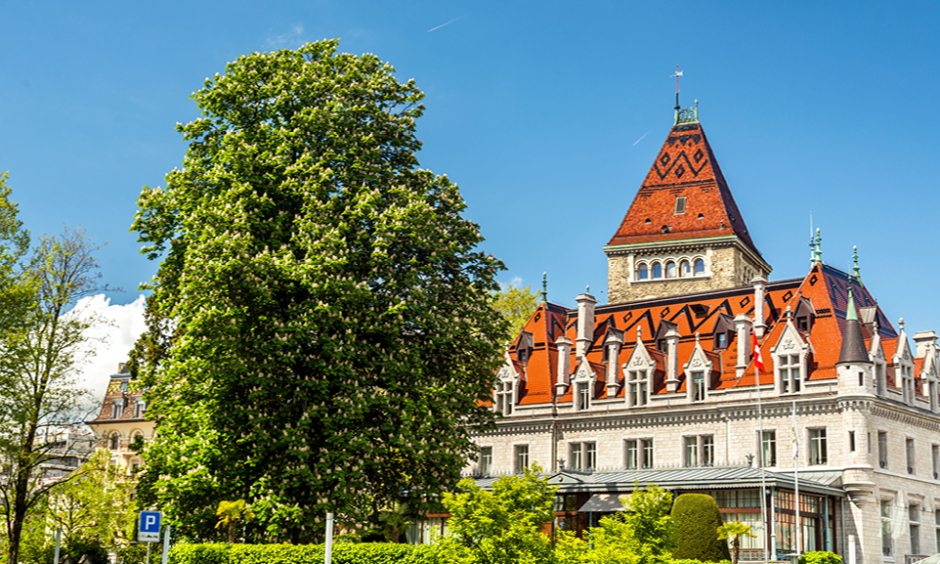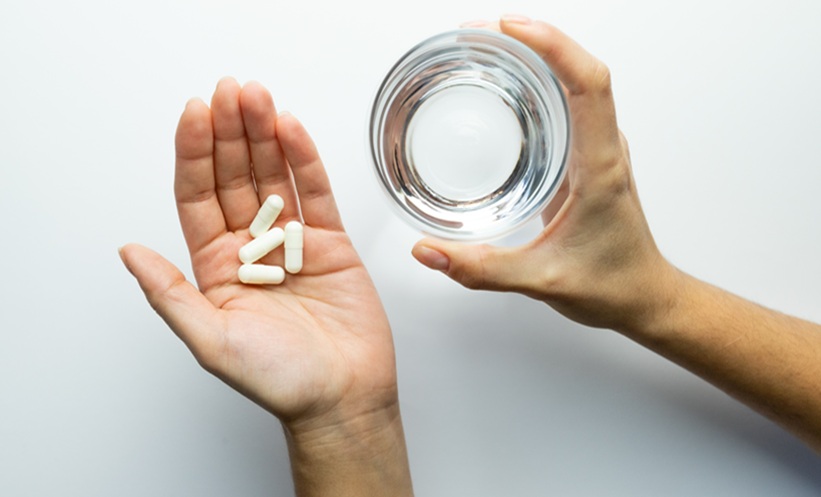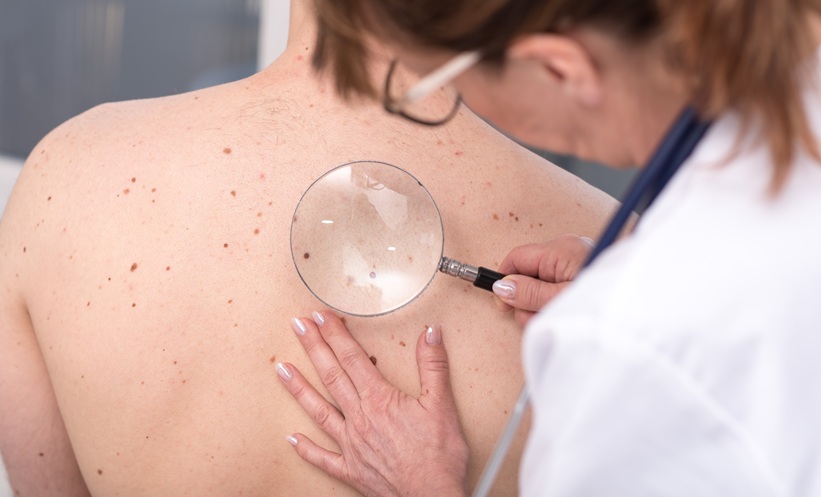Bullous pemphigoid (BP) is a complex, multifactorial autoimmune disease characterised by the presence of autoantibodies against BP autoantigens, leading to dermal-epidermal separation with consequent blister formation.1 Genetic, environmental, and stochastic factors contribute to susceptibility to most autoimmune diseases.2 Associations of genes, especially human leukocyte antigen (HLA)-DQ and HLA-DR alleles, with BP indicate that genetic predisposition contributes to the disease. Population studies have revealed that HLA Class II alleles are associated with BP in diverse ethnic groups, including British,3 German,4 Japanese,5 Chinese,6 and Iranian7 populations. However, BP has previously been found not to have HLA Class I associations. The objective of our study was to evaluate the association of HLA Class I and HLA Class II alleles with susceptibility to BP in the northern Chinese Han population.
We performed genotype investigations for HLA-A, HLA-B, HLA-C, HLA-G, HLA-DPA1, HLA-DPB1, HLA-DQA1, HLA-DQB1, and HLA-DRB1 loci in 105 patients with BP by using the Sanger sequence-based typing method. These data were compared with a local control cohort of 1,000 cases. Among the HLA alleles described herein, the susceptibility alleles associated with a high prevalence of BP were HLA-A*01:01 and 11:01, HLA-B*37:01, HLA-G*01:01 and 01:06, HLA-DQA1*01:05 and 05:05, HLA-DQB1*05:01, and HLA-DRB1*10:01 and 11:04. On the contrary, HLA-DQA1*01:02 and 01:03, HLA-DQB1*02:02, and HLA-DRB1*07:01 had significant associations with protection against BP. In addition, the frequencies of haplotypes HLA-DRB1*13/HLA-DQA1*05/HLA-DQB1*03 and HLA-DRB1*15/HLA-DQA1*01/HLA-DQB1*05 in BP patients were significantly higher than those in controls.
Susceptibility to BP is caused by a combination of genetic and environmental factors.1,8,9 Current thought postulates that a collection of common risk alleles mediates the development of an autoimmune-prone immune system which, when coupled with poorly defined environmental triggers, becomes dysregulated, leading to the development of autoantibodies and the initiation of disease pathologies.10 Major histocompatibility complex (MHC) Class I and II alleles are often the strongest risk factors associated with autoantibody-mediated diseases. In BP, the activation of antigen-specific B cells and secretion of autoantibodies depends on the interaction between the T cell receptor and classical MHC Class II molecules. Our HLA Class I and Class II profiles of Chinese BP patients, together with the previous reports on populations with BP worldwide, suggest that the alleles and haplotypes reported in this study may play crucial roles in autoimmune responses to BP antigens. In addition, our data indicate that genetic susceptibility differences in ethnic groups are maintained in patients living away from their countries of ethnic origin, underlining the importance of genetic risk factors in this disease. Furthermore, the relationships between the HLA alleles/haplotypes and autoimmune responses to BP antigens remain to be clarified.








